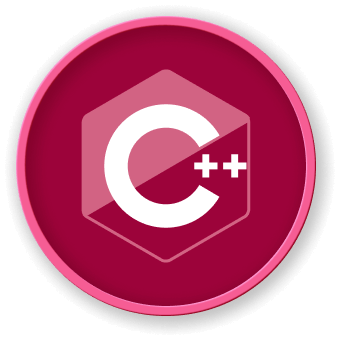Switch Fallthrough Basics
Understanding Switch Fallthrough
In C++, switch statements provide a way to execute different code blocks based on multiple conditions. However, a critical behavior called "fallthrough" can lead to unexpected program execution if not handled carefully.
What is Switch Fallthrough?
Switch fallthrough occurs when execution continues from one case block to the next without an explicit break statement. This means that after a matching case is found, all subsequent case blocks will be executed until a break is encountered.
Basic Example of Fallthrough
#include <iostream>
int main() {
int value = 2;
switch (value) {
case 1:
std::cout << "One" << std::endl;
// No break, will fallthrough
case 2:
std::cout << "Two" << std::endl;
// No break, will fallthrough
case 3:
std::cout << "Three" << std::endl;
break;
default:
std::cout << "Other" << std::endl;
}
return 0;
}
In this example, when value is 2, the output will be:
Two
Three
Fallthrough Behavior Visualization
graph TD
A[Start Switch] --> B{Match Case}
B --> |Case 1| C[Execute Case 1]
C --> D[Continue to Next Case]
D --> E[Execute Next Case]
E --> F[Continue Until Break]
Potential Risks
| Risk Type |
Description |
Potential Consequence |
| Unintended Execution |
Code runs without explicit control |
Logical errors |
| Performance Impact |
Unnecessary code execution |
Reduced efficiency |
| Debugging Complexity |
Hard to trace execution flow |
Increased maintenance effort |
When Fallthrough Can Be Useful
While often considered a pitfall, fallthrough can be intentionally used in specific scenarios where multiple cases share common code.
switch (fruit) {
case Apple:
case Pear:
processRoundFruit(); // Shared logic
break;
case Banana:
processYellowFruit();
break;
}
Best Practices with LabEx
At LabEx, we recommend always being explicit about your intent with switch statements to prevent unexpected behavior.
Key Takeaways
- Understand switch fallthrough mechanism
- Use
break statements to control execution
- Be intentional about code flow
- Consider modern C++ alternatives like
if-else for complex logic




